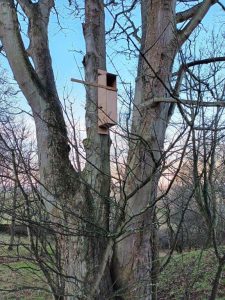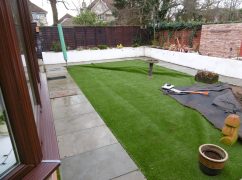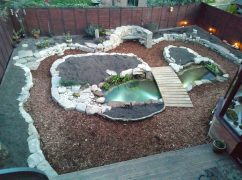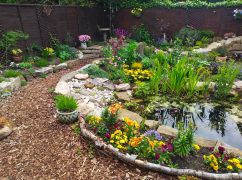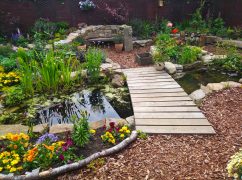
Creating for Wildlife
Over the years, Water Gems have been involved in many different biodiversity and habitat-creation projects across Scotland and beyond. Our expert team has planted wildflower meadows, hedgerows and trees, as well as creating wildlife gardens, ponds and wetlands.
WILDLIFE GARDENS
One of our specialities is transforming relatively sterile gardens, into natural wildlife havens, with ponds, stone features and wildflower beds. We work with our clients to design and build beautiful and unique havens for wildlife and humans alike. An excellent example is the transformation of this Haddington garden, originally dominated by paving slabs and artificial grass.
Haddington Garden – from left to right – before work started, transformation taking shape, and flourishing within one year of completion.
Using local stone, we created raised planting beds, a unique walled seating area and edging around the pond and paths. We built a timber bridge leading across the pond and added deadwood path edging to enhance the natural look. Our client has done an excellent job of filling all of the planting beds with an abundance of colour and texture, which attracts the local wildlife and insects.
Biodiversity Hotspots
Water Gems have been involved in the design, build and on-going maintenance of many informal ponds and pools across the country. These ponds and pools attract insects, plants and wildlife and are especially important habitats for frogs and newts in particular.
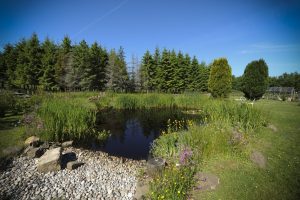
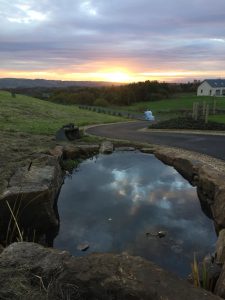
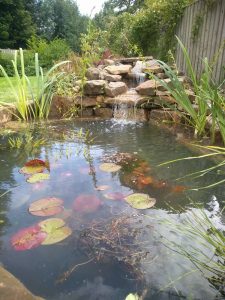
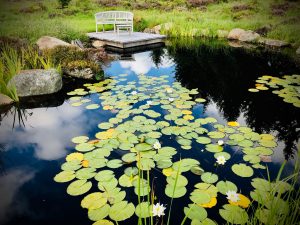
We have also been involved in the naturalisation and rejuvenation of a large number of public ponds and lochs, both for councils and for charities like Froglife.
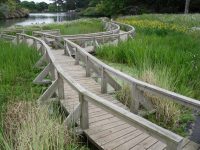
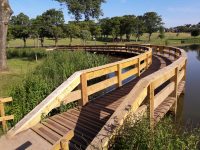
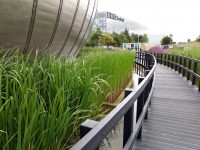
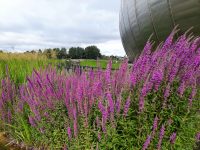
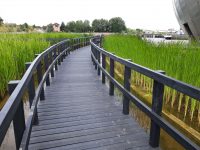
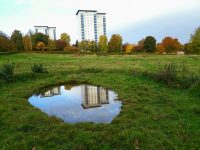
Our expert team has successfully completed many boardwalk and wetland projects using native wetland plants to improve water quality and create habitat. An excellent example is the design and creation of a wetland at the Glasgow Science Centre for the 2021 COP conference.
Rewilding
‘Rewilding Roborough Fields’ is a major rewilding venture started in 2020 by Water Gems’ consultant Nick Benge.
With Nick’s knowledge and experience, along with the skills and expertise of the team, the aim is to give the ten-acre plot of land in North Devon a new energy, creating a biodiversity hotspot for both plant and animal communities.
The plan is to create a dense mosaic of Devonbank hedgerows, wildflower meadows and pools. We aim to cram in as much habitat into the space as possible and then watch all the native plants and animals move in – “Build it and they will come.”
You can find out more about this project by visiting the Roborourgh Rewilders website, or by emailing roboroughfields@outlook.com
The photographs below, courtesy of Paul Hopkinson and Jo Everitt, show some of the plants and wildlife that are now thriving in the fields.
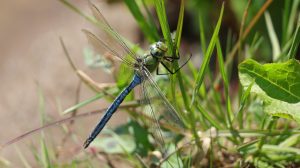
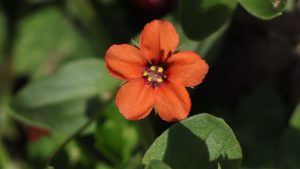
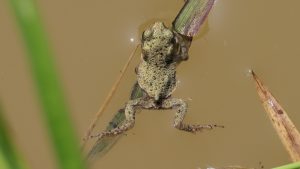
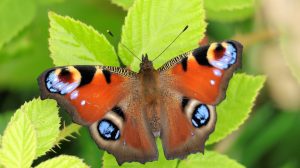
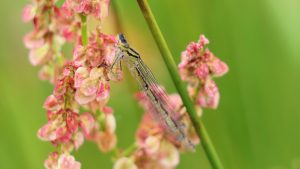
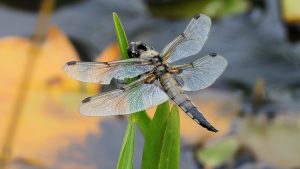
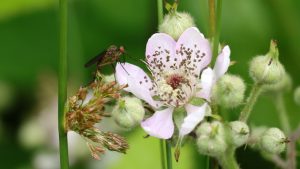
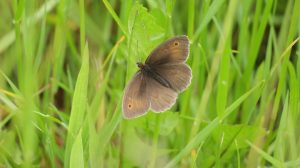
Consultancy Service
Using our wealth of experience carrying out environmental projects, we are now able to offer a consultancy service to landowners looking to increase the biodiversity on their land. The starting point is just a chat about what you are hoping to achieve. We can then develop this into a more detailed plan of action. For more information, please contact us.
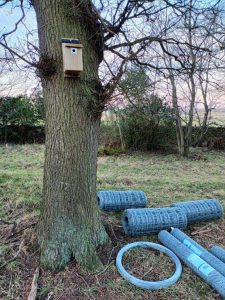
A recent example is the development of a 3 acre woodland near Drem in East Lothian.
The area has plenty of established trees, snowdrops and blue bells, but almost no understory due to constant grazing by roe deer and rabbits. Our team has installed a deer fence, wind breaks and planted hedges, ensuring the protection of existing regeneration. We have created further protection by underplanting with native shrubs like hazel and holly. We also installed a tawny owl box and several other bird boxes across the site, in time for nesting season. In a few years the wood should more closely resemble a natural woodland with all the associated biodiversity gains.
For more details, please contact us.
